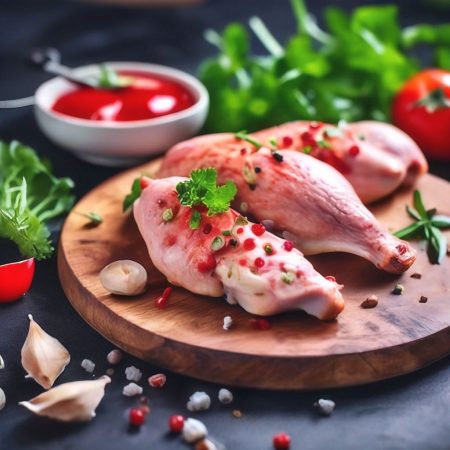Russian gastronomy is recognized for its variety and substantial dishes, along with its distinct customs and celebratory cuisine, not to mention Russia’s renowned vodkas.
The primary Russian delicacies
Russian gastronomy is renowned for its celebratory offerings such as smoked sturgeon balyk, sturgeon with horseradish, slightly cured salmon, red, black and pink caviar, pickled and salted fungi. However, this represents just a fraction of Russian gastronomy. Additional favored and traditional dishes encompass kasha, a blend of grains and porridge, soups like borsch, blini pancakes, pirogi pies filled with various savory fillings, and a myriad of dough-based preparations. Poultry dishes hold a significant place in Russian gastronomy. Stews, meat, and cabbage are common staples, along with goulash, an ancient conventional meat delicacy.
Bread and other wheat products also form a crucial part of the culinary landscape, particularly dark bread. Other popular bread variations encompass olad’i, reminiscent of a pancake, shan’gi, white bread rolls, pyshki, small doughnuts from the Soviet era, baranki, and bubliki, akin to bagels, and kalachi, white baked bread. Russian bread assortments boast a rich heritage along with vodka, originating in the late 1400s.
Vegetable and meat salads are also highly sought after. Salads in Russia tend to be heartier than those in Western nations, featuring ingredients like potatoes, carrots, beets, and mayonnaise. A well-known salad in Moscow is the Olivie, named after its creator, a French chef at the Hermitage eatery in the 1860s. It predominantly comprises vegetables with mayonnaise and poached meat or chicken. Each individual has their unique iteration of this salad.
Historical background and the Orthodox faith have significantly impacted Russian cuisine. Soviet snacks and dishes still hold sway. Orthodox traditions also play a vital role in determining when certain dishes or components are consumed. Various restrictions on food persist during Lent, with the more devout members abstaining from meat, poultry, and dairy goods. Instead, families typically cook an abundance of vegetable-based stews and soups. Fish often serves as a substitute for meat.
This sentiment extends to restaurants specializing in Russian cuisine: during Lent, menus may feature items devoid of meat, eggs, and butter. Nevertheless, they will offer conventional fish, vegetable, and mushroom cuisines.
Russian culinary treats
Kissels stand out as preferred desserts, comprising sweetened juice thickened with flour.
Kissel is frequently infused with berries or alternative fruits. It could present as either a dense, jelly-like substance eaten via a spoon or a liquid refreshment. Serving choices range from hot to cold, pairing excellently with pancakes or alongside ice cream.
Curd-containing dishes are a beloved aspect of Russian cuisine. One especially indulgent dish is oladyi, commonly referred to as syrniki – cheesecakes fabricated with curd, eggs, and flour, then fried in oil.
Pancakes enjoy a special place in Russian gastronomy due to their time-honored tradition. Pancakes symbolized the sun in ancient pagan rituals.
The Pancake Week or Maslenitsa occurs annually in spring to commemorate the arrival of warmer weather.
Vodka takes the lead as one of the most prevalent beverages in Russian gastronomy, largely due to its affordability. Enjoy it ice-cold. Russians often nibble on snacks while savoring their vodka.
Tea also holds a strong presence in Russian cuisine. Russians prepare tea using a Samovar, a metallic vessel for heating water. Other popular beverages encompass Sbiten, a spicy hot beverage infused with wine or honey, and Kvass, a brew typically crafted from black rye or rye bread.
Russians also relish Mors, a concoction of berry juice, water, and birch sap, derived from tree extracts.
Homemade mint Kvas: Kvas is a Russian bread infusion and a fundamental ingredient in numerous light soups.



[…] An overview of Russian gastronomy […]